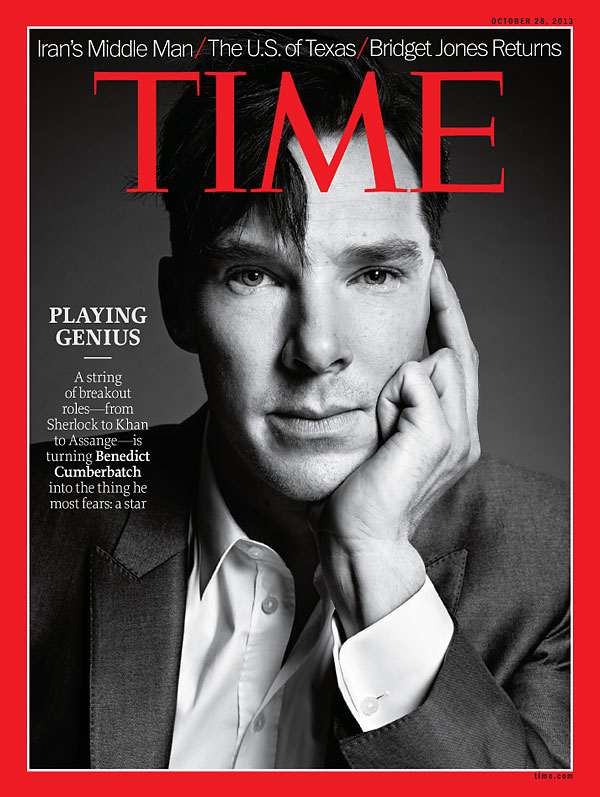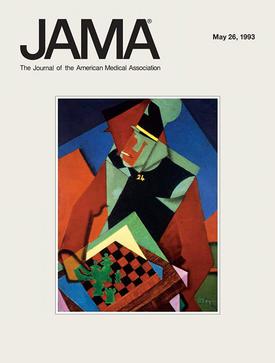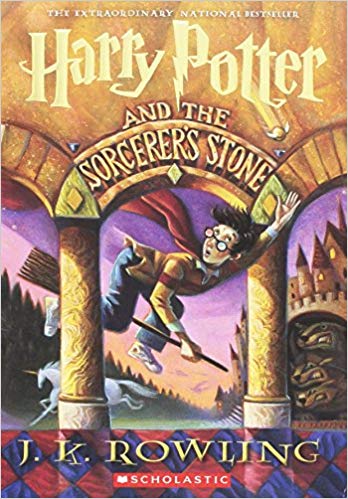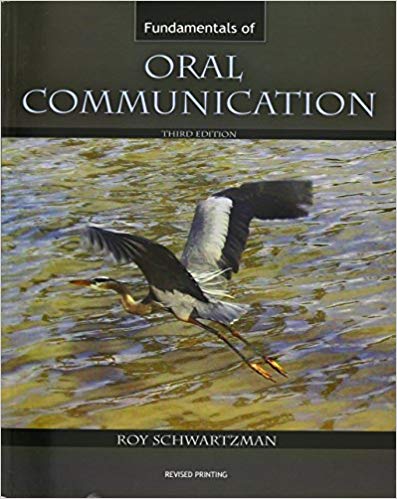What Are Some Examples of Scholarly and Popular Sources?
You know the differences in structure and audience now, but how do you apply this in the real world? Here are some examples of both popular and scholarly sources.
 Image Source: Time magazine
Image Source: Time magazine
Time magazine would be considered a popular source. The articles are written by journalists, current topics are covered, the review process is short (because Time publishes weekly), and it’s written in a way that most people can read and understand.
 Image Source: Wikipedia Commons
Image Source: Wikipedia Commons
JAMA, or the Journal of the American Medical Association, is considered a scholarly source. If you were to open a copy, you would see that the articles are much longer than in magazines or newspapers. You would also notice that there are almost no advertisements. Many of the authors will have their credentials (i.e., Ph.D., MSLS, etc.) next to their names, and often they will indicate which institutions they are from (e.x. University of Texas).
 Image Source: Wikipedia Commons
Image Source: Wikipedia Commons
The New York Times is considered a popular source. Though the articles are often well-researched and intellectual in nature, the review process for this paper is very short. This is because the New York Times publishes at least once a day (sometimes more often, depending on the city!). Formal citations are not given - usually reporters will mention in passing where they got their information. This has more to do with formatting than the quality of research being done.
 Harry Potter Image: Amazon
Harry Potter Image: Amazon
Books can be a challenging type of source to classify as “scholarly” or “popular.” With books, it comes down to the review process, the audience, and the credentials of the author. For example, Harry Potter and the Sorcerer’s Stone is a popular source - it is a children’s book that went through an editorial process, but was not fact checked in any way.
 "Fundamentals of Oral Communication" Book Image: Amazon
"Fundamentals of Oral Communication" Book Image: Amazon
The next book, Fundamentals of Oral Communication, would be considered a scholarly source. This is because it is written for an academic audience by someone who is an expert in the field of Communication Studies. It has also been through a much more rigorous fact checking process.
Quick Check: